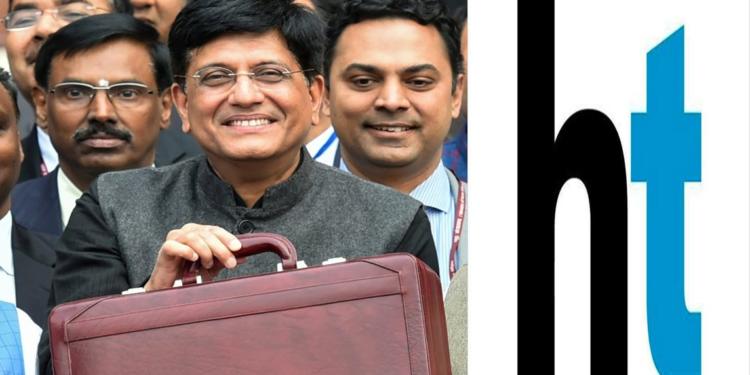Hindustan Times, one of the largest circulated English dailies in the country, published a fake news, “23% dip in infra funds despite emphasis in Goyal’s speech,” on the budgetary allocation for infrastructure. Although, the newspaper later published a correction and said, “The headline should have mentioned an 8.2% rise.”

“A February 4 story, headlined ‘23% dip in infra funds despite emphasis in Goyal’s speech,’ erroneously reported that the budgetary allocation for infrastructure declined from Rs.5.97 lakh crore in the financial year 2018-19 to Rs.4.56 lakh crore in 2019-20. The story should have said the budgetary allocation for infrastructure rose from Rs.5.97 lakh crore in 2018-19 to Rs.6.46 lakh crore in 2019-20, including ₹4.63 lakh crore of extra-budgetary support. The headline should have mentioned an 8.2% rise. The errors are regretted,” wrote Hindustan Times.
https://twitter.com/anujg/status/1094054380288892928
The Hindustan Times later removed the fake news from the website. However, the fake news could be read through the following link.
https://massinfomedia.co.in/23-dip-in-infra-funds-despite-emphasis-in-piyush-goyals-speech/
“We have to look into every government ministry and department to gauge why budgetary allocation has decreased. Last year, for instance, when the government talked about investing Rs 5 lakh crore to be invested there was a large sum of around Rs 19,000 crore was going to Air India and this year that money is not to be paid and that allocation has to be rolled back,” said Kushal Singh, Partner, Deloitte India. “We have to look into schemes that don’t require large spending any more; allocation for them will obviously be rolled back. Another example is of auction of toll-operate-transfer (TOT) projects, where money is proposed to come from there and again the allocation from the government will have to be reduced,” he said as per the article.
The Modi government has been very focused on infrastructure development in the country. It launched many infrastructure initiatives for bettering land, air and water connectivity. To revolutionize air connectivity, the government launched UDAN (Udega Desh Ka Aam Nagrik), which is aimed at making air travel affordable and more widespread to better connect Tier II and Tier III towns and cities. The scheme resulted in the Indian airlines carrying more than 12 crore passengers in the fiscal year of 2017-18 against 6.1 crore passengers in the fiscal year of 2013-14. The compound annual growth rate (CAGR) in the number of passengers is a whopping 19 percent. The Sagaramala project was launched to boost connectivity through the water. The project is a $130 billion initiative and aims to set up new mega ports, modernization of India’s existing ports, and development of 14 Coastal Employment Zones (CEZs).
The rate of highway construction touched 26 km per day in the period between April to June this year, as against 25 km per day in the same period last year. This is due to innovative solutions the government came up with to spur the pace of construction activity.
Connectivity is essential for the economic growth of any country and the government-backed push for infrastructure development is expected to help the country to achieve its target of double-digit economic growth.































